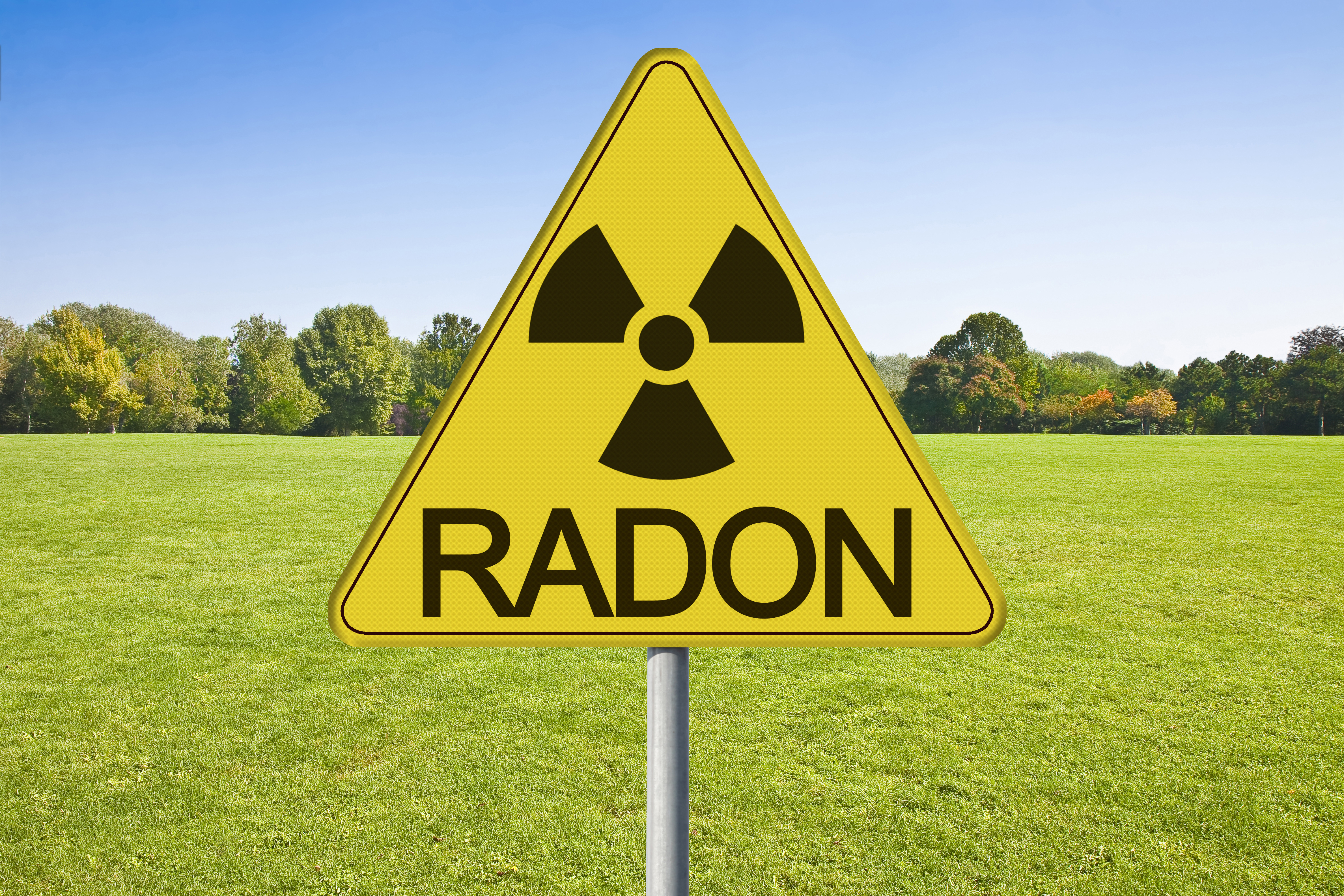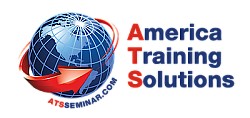09-17-2025

Learning Objectives
1. Understand the invisible danger of radon and how we may be exposed.
2. Explain the health risks associated with high radon levels.
3. Discuss the different areas of the US with radon concentrations and when/how to test.
4. Know when a radon-mitigation system is warranted, the types of systems, and the steps to installation.
5. Understand that attention to detail will impact the effectiveness and success of a system intended to protect the building’s occupants.
Comments
Important for health
AlexVery good presentation, but would like to have more information concerning mitigation.
MichaelVery simple and helpful.
ReginaUnderstanding the Risk of Radon: When to Test and How to Mitigate
$20
Radon gas is becoming a growing worry for many building occupants. In this course, we explore our current understanding of this common, omnipresent radioactive gas, the reasons behind its tendency to build up in our structures and the health risks it poses to inhabitants. Then we discuss known, effective measures for reducing our rising exposure to it.
Credits: 1 AIA HSW + 1 GBCI (USGBC/CAGBC) + 1 AIBD Primary + 1 AIBC Core LU + 1 AAA Structured LU + 1 OAA, OAQ, SAA, MAA, AAPEI, NWTAA
Length: 1 hour
You must be logged in to take a course. Please login or create an account here
Login OR Create an account ShareSponsored by


Understanding the Risk of Radon: When to Test and How to Mitigate
$20
Radon gas is becoming a growing worry for many building occupants. In this course, we explore our current understanding of this common, omnipresent radioactive gas, the reasons behind its tendency to build up in our structures and the health risks it poses to inhabitants. Then we discuss known, effective measures for reducing our rising exposure to it.
Credits: 1 AIA HSW + 1 GBCI (USGBC/CAGBC) + 1 AIBD Primary + 1 AIBC Core LU + 1 AAA Structured LU + 1 OAA, OAQ, SAA, MAA, AAPEI, NWTAA
Length: 1 hour
You must be logged in to take a course. Please login or create an account here
Login OR Create an accountSponsored by

Learning Objectives
1. Understand the invisible danger of radon and how we may be exposed.
2. Explain the health risks associated with high radon levels.
3. Discuss the different areas of the US with radon concentrations and when/how to test.
4. Know when a radon-mitigation system is warranted, the types of systems, and the steps to installation.
5. Understand that attention to detail will impact the effectiveness and success of a system intended to protect the building’s occupants.
Comments
Important for health
AlexVery good presentation, but would like to have more information concerning mitigation.
MichaelVery simple and helpful.
Regina


